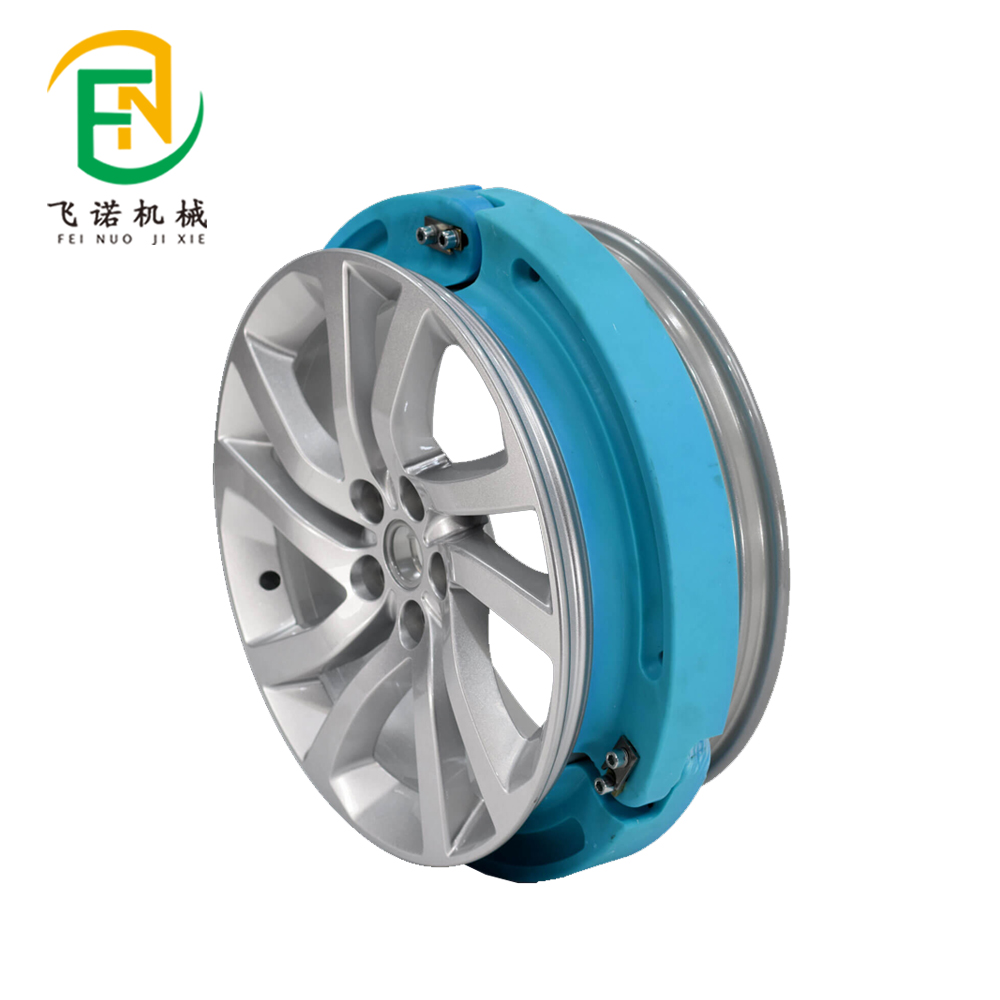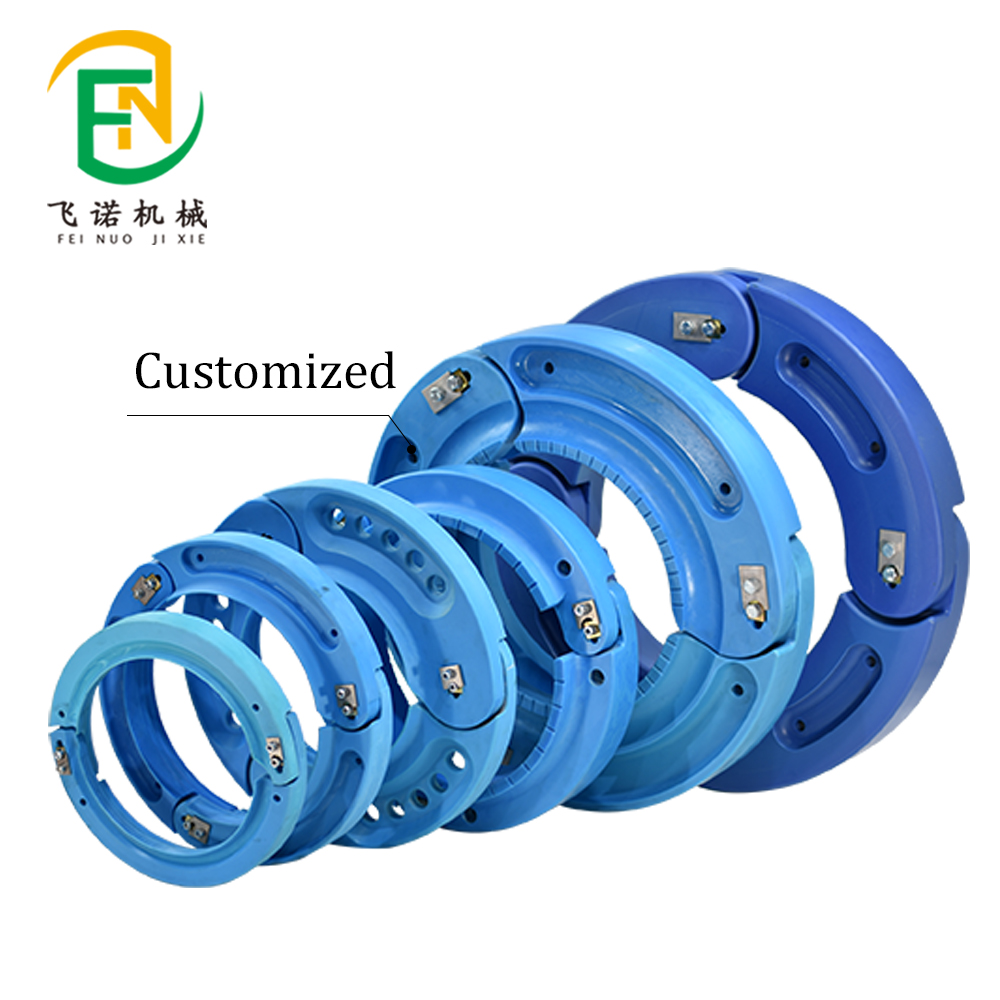- May 20, 2025
- Posted by: feinuojixie
- Category: Injection Molding News


It always seems to happen at the worst time—a sudden thud, a wobble in the steering wheel, and the dreaded realization that your tire is flat. Whether you’re stuck on a dark highway or late for an important meeting, a flat tire is more than just a nuisance; it’s a hazard. That’s why the rise of the run flat rim is turning heads in the automotive world. By allowing drivers to continue driving safely even after a tire loses air, this innovation is changing the way we think about mobility and safety. No longer does a puncture have to mean being stranded on the side of the road. With a run flat rim, peace of mind comes standard, and the days of waiting for roadside assistance may soon be behind us.
What Is a Run Flat Rim and How Does It Work?
A run flat rim is designed to work in conjunction with specialized tires that can function even after losing air pressure. Unlike traditional setups, where a deflated tire collapses and becomes undriveable, a run flat rim supports the structure of the tire, allowing the driver to continue moving—typically for up to 50 miles at reduced speeds. Some systems use reinforced sidewalls in the tire, while others rely on a support ring attached to the rim. Either way, the goal is the same: maintain drivability until the tire can be properly serviced. This innovative engineering eliminates the immediate need for roadside tire changes and helps reduce the risk of accidents caused by sudden deflation.


The Safety Benefits of Using a Run Flat Rim
When it comes to safety, a run flat rim offers a significant advantage over traditional systems. A sudden blowout or puncture at high speeds can be catastrophic, but run flat technology helps maintain control and stability. Drivers can avoid the panic of losing steering control or having to stop abruptly in unsafe conditions. Additionally, it reduces the likelihood of being stranded in remote or dangerous locations, lowering the risk of secondary incidents. In emergency situations, every second counts—and a run flat rim gives drivers valuable time to find a safe place to stop.
Convenience and Peace of Mind on Every Journey
One of the biggest advantages of a run flat rim is the freedom it offers from unexpected delays. No more pulling over in the rain to fumble with a jack and spare tire. No more waiting hours for a tow truck on a deserted highway. With this technology, you can continue driving to a nearby service station or even finish your commute without interruption. For busy professionals, parents, and road-trippers alike, this kind of reliability can transform how we plan and experience travel.
Fuel Efficiency and Space Savings in Your Vehicle
Since vehicles equipped with run flat rim systems do not require a spare tire or jack, manufacturers can reclaim that space for other uses—whether it’s more trunk storage or improved cabin design. The reduced weight also contributes to better fuel efficiency, especially in compact cars where every pound counts. While the difference may seem minor on a single trip, it can lead to long-term savings at the pump. It’s a small but smart way to make cars more efficient and environmentally friendly.
Limitations You Should Know Before Switching to a Run Flat Rim
Despite their advantages, run flat rim systems do have some trade-offs. For starters, the ride quality may be firmer due to the reinforced tire design. Some drivers report a harsher feel on rough roads. Additionally, run flat tires often cost more to replace, and not all tire repair shops are equipped to service them. It’s also worth noting that these tires generally cannot be repaired after a puncture, meaning a full replacement may be necessary. While these limitations aren’t deal-breakers for most, it’s important to be aware of them before making the switch.
Who Should Consider Upgrading to a Run Flat Rim?
Not every driver may need a run flat rim, but certain individuals and lifestyles can benefit greatly. Urban commuters, who frequently drive in traffic or tight parking spaces, will appreciate the peace of mind that comes with avoiding roadside stops. Long-distance travelers and those who frequently drive in remote areas will value the extended range provided after a puncture. Families with children can also avoid the hazards and delays of roadside tire changes. If you value safety, independence, and a seamless driving experience, upgrading to a run flat rim might be the right move.


What to Look for When Choosing a Run Flat Rim
When shopping for a run flat rim, it’s important to prioritize compatibility with your vehicle and the quality of the design. Not all systems work with every car model, so consult your owner’s manual or a trusted automotive expert. Look for rims that are designed by reputable manufacturers with proven performance in both OEM and aftermarket applications. Also consider whether the rim is designed for passive or active run flat systems. A consultation with a tire specialist can help you make the best decision for your driving needs and budget.
The Future of Driving: Why a Run Flat Rim Is Here to Stay
As vehicles become smarter and more self-reliant, the run flat rim is a natural fit for the future of driving. With increased focus on safety and automation, car manufacturers are likely to adopt more features that reduce human intervention in emergencies. Run flat technology aligns perfectly with this vision. It’s not just a trend—it’s a shift toward safer, more efficient travel. Whether you’re a daily commuter or a weekend adventurer, equipping your car with a run flat rim means you’re ready for the road ahead—no matter what lies around the corner.
